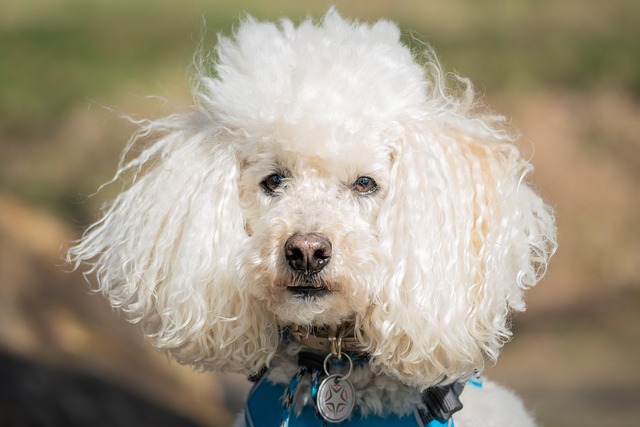
How do i train my dog to be obedient?
Watching your dog dart across the park ignoring your calls isn’t just frustrating—it can put them at risk near busy streets or public spaces.
Bringing home a toy poodle is exciting, but those first few weeks of potty accidents can feel overwhelming. These tiny pups have small bladders, so they can’t hold it long—and if you’re not in sync with their cues, messes happen fast. The good news? Toy poodles are smart, so with consistent cues and rewards, they’ll catch on quicker than you might think.
First, let’s talk timing—this is where the science of potty training kicks in. Toy poodles need to go out right after key moments: waking up, eating, playing, or napping. Their small bladders mean they can’t wait more than 1-2 hours. When you take them out, pick a specific spot in your yard or near your apartment—familiar smells help them associate that area with potty time. Use a simple cue, like “go potty,” every time; repetition helps them link the phrase to the action.
 Rewards are non-negotiable here—positive reinforcement is how toy poodles learn best. The second they finish going in the right spot, give them a tiny, high-value treat (think freeze-dried chicken) and lots of excited praise. Don’t wait—rewards need to happen within 2 seconds so they connect the good behavior to the treat. If there’s an accident inside, never yell or punish them; toy poodles are sensitive, and fear will only slow training down. Instead, clean the mess with an enzyme cleaner (regular soap leaves smells that attract them back) and try to catch their cues earlier next time.
Rewards are non-negotiable here—positive reinforcement is how toy poodles learn best. The second they finish going in the right spot, give them a tiny, high-value treat (think freeze-dried chicken) and lots of excited praise. Don’t wait—rewards need to happen within 2 seconds so they connect the good behavior to the treat. If there’s an accident inside, never yell or punish them; toy poodles are sensitive, and fear will only slow training down. Instead, clean the mess with an enzyme cleaner (regular soap leaves smells that attract them back) and try to catch their cues earlier next time.
If you live in an apartment, you’ll need to adjust—no yard means quick trips to the sidewalk or a designated dog area. Keep a leash by the door so you can grab it fast, and stick to the same route every day. Remember, most neighborhoods require you to pick up after your dog, so always carry poop bags—this isn’t just polite, it’s often a local rule. Also, make sure your toy poodle is up-to-date on vaccines before taking them to public areas; this keeps them safe and follows pet health guidelines.
Potty training a toy poodle takes patience, but those small wins—like them waiting by the door to go out—will make it worth it. Consistency is key: same schedule, same cues, same rewards. Over time, they’ll learn to communicate their needs, and accidents will become rare. Before you know it, you’ll have a well-trained pup who knows exactly where to go—and who’s happy to show off their good behavior for a treat.

Watching your dog dart across the park ignoring your calls isn’t just frustrating—it can put them at risk near busy streets or public spaces.

New puppy owners often find themselves rushing to clean up accidents before they set in, and that’s where puppy pad training becomes a game-changer.

If you've noticed your dog's waistline disappearing and your veterinarian has mentioned those few extra pounds, your first instinct might be to simply reduce the amount of food in their bowl.

Training a dog to use a designated spot indoors isn’t as daunting as many new owners fear, but it does take consistency and an understanding of your pet’s needs.

That moment of dread on a walk is all too familiar for many new dog owners. You see another dog approaching down the sidewalk of your neighborhood

If the sight of another dog on your neighborhood walk makes your heart sink as your own dog erupts into a frenzy of barking and lunging, you're not alone.